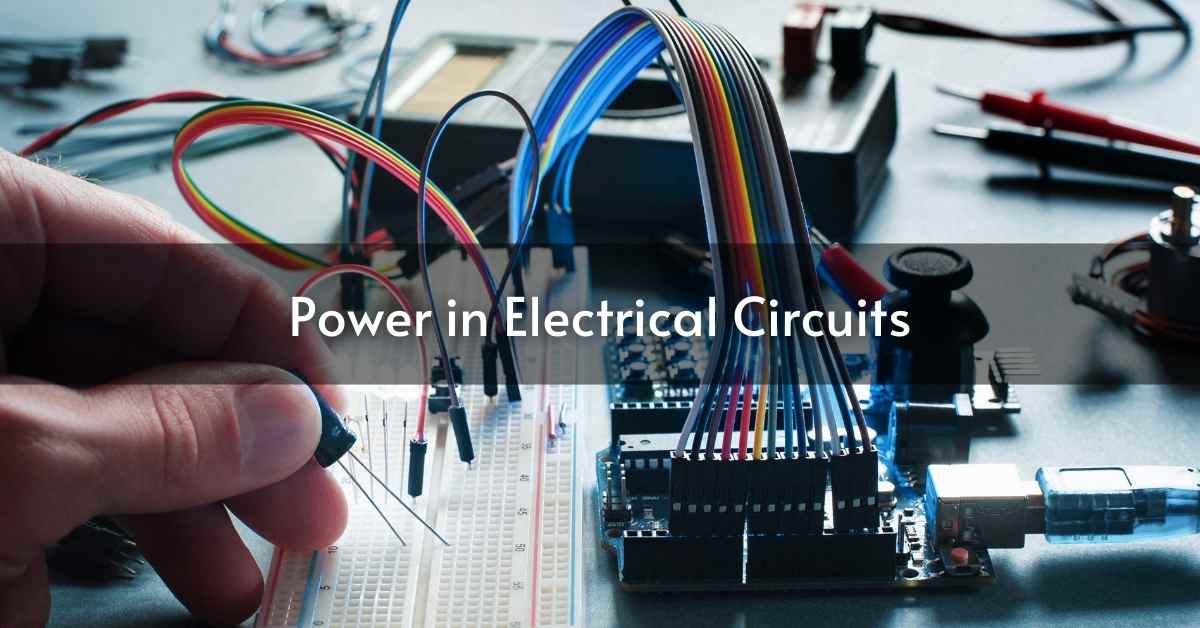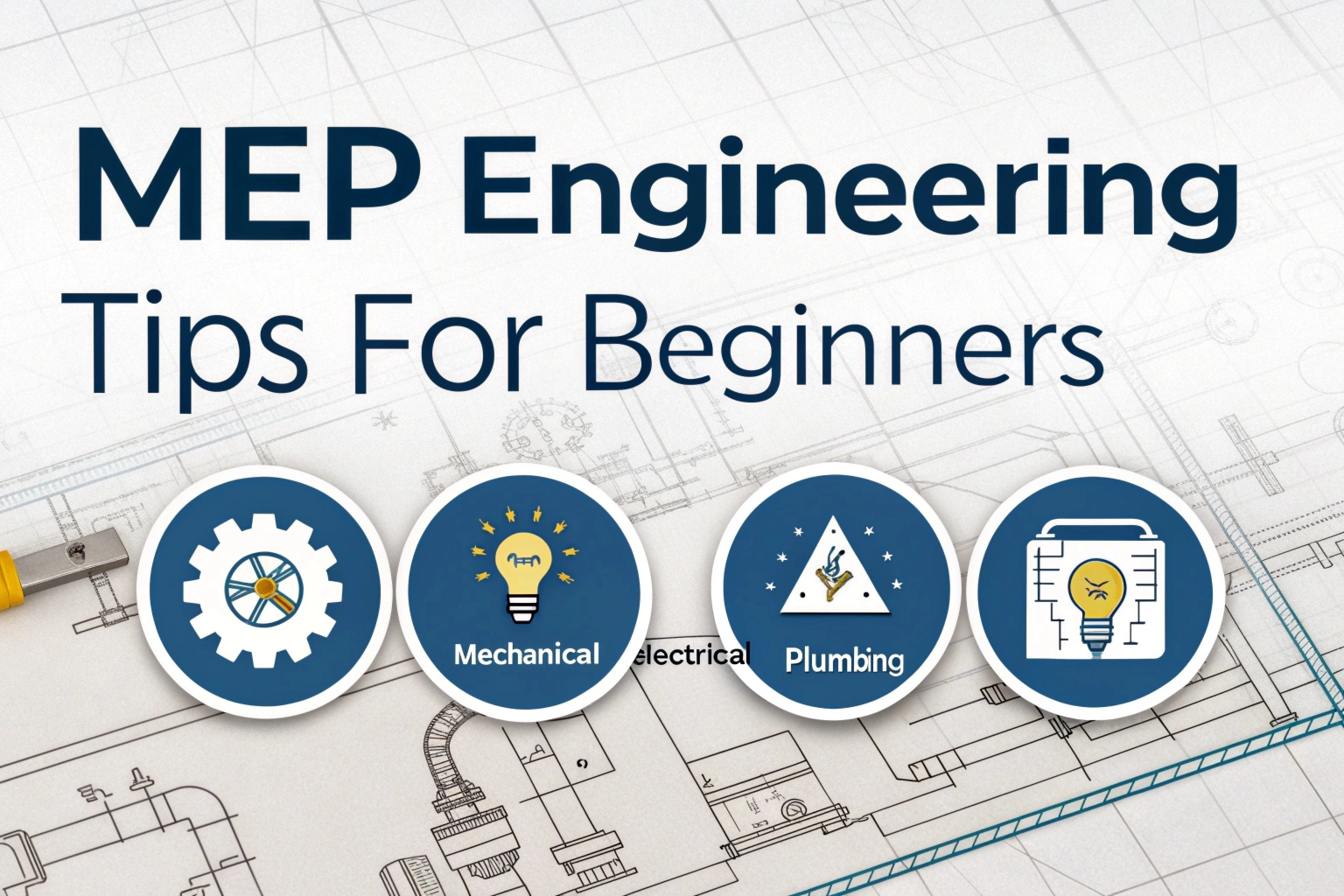When we talk about electrical circuits, one of the most important concepts to understand is power in electrical circuits. Power is one of the most significant terms in the subject of electrical engineering. It is significant in how the circuits work. In this article, the discussion will be how power is defined, its computation, and ultimately its implications in circuitry. You shall understand better the concepts of how power works through these components in a circuit.
What is Power?
Power in electrical circuits refers to the rate at which electrical energy is used or transferred. Work usually means lifting something against gravity. The heavier the weight or the higher it’s lifted, the more work is done. Power shows how quickly a standard amount of work is completed.
The power of an American car engine is measured in “horsepower.” This is a term that first started being used by the makers of steam engines, who wanted a way to describe a comparison with these kinds of horses, who remained the chief means of power then.
That is, one horsepower is defined as 550 foot-pounds of work per second. Although the horsepower of an engine does not tell how steep a hill it could climb nor how much it could tow, it does inform you regarding how fast it could tackle a certain hill or pull a certain weight.
An engine’s power depends on both its speed and torque. Speed is measured in revolutions per minute (RPM). Torque is the twisting force the engine produces, measured in pound-feet (lb-ft). Speed and torque alone don’t measure an engine’s power.
Calculating Power in Circuits
The amount of power supplied by a battery or any other source of power in a circuit is calculated using the following formula:
Power (P) = Current (I) x Voltage (V)
It declares that the power produced is proportional to both the current that flows within the circuit and the voltage provided by the battery. Given we have a 10-volt battery with a current of 10 amps, we can easily calculate the power from this as follows:
P = 10 volts x 10 amps = 100 watts
Role of Resistors
At every point in any circuit, there are many things the current must go through, and resistance has a great role to play in the power consumed. Where resistance is high, it becomes difficult to push charges; hence, power is consumed by resistors. The power that can be consumed by a resistor can be expressed as:
Power (P) = Current² (I²) x Resistance (R)
Illustrative Calculation
Now let’s use an example with a 10-volt battery, with a current of 10 amps, and a resistor of 50 ohms. Then, in order to calculate the power delivered by the battery:
- Power supplied = 10 volts x 10 amps = 100 watts
But we also have to ensure that the current is right for the resistance. We can use Ohm’s Law, which defines:
I = V / R
Given the 10-volt battery and resistance of 1 ohm, we can confirm:
- I = 10 volts / 1 ohm = 10 amps
Now, using the power consumption equation for the resistor:
- P = I² x R = 10 amps² x 1 ohm = 100 watts
In this example, the energy drawn by the resistor is precisely the same energy that the battery provided to it; that energy has been conserved in the circuit.
Power Conservation in Circuits
In general, the power delivered from a source in a circuit should equal the sum of the power consumed by the various components. This is an important concept leading to an understanding of circuit behavior. But if there are many different components which each consume only a fraction of the total power delivered by the source.
Power as a Function of Voltage and Current
In electric circuits, power depends on both voltage and current. This relationship is similar to the horsepower formula mentioned earlier.
Power (P) equals current (I) multiplied by voltage (E). We measure power in watts, which we abbreviate as “W.”
With this, one needs to know that voltage is not power and neither of the two represents power; it is a result of the combination of both voltage and current. Voltage measures how much work is done on a unit of charge. Current measures the rate at which electric charges flow through a conductor.
Consider voltage to be a force involved in lifting a weight against gravity. Current is the speed at which you are able to lift it. Voltage and current together therefore determine power.
Just like the diesel tractor needs the same amount of power from the motorcycle engine, even though one has high voltage and low current, and the other has low voltage and high current. Similarly, neither voltage nor current determines the power in a circuit.
Power in Open and Short Circuits
In an open circuit, there is voltage, but no current exists. Consequently, the power is zero since power (P) equals current (I) multiplied by voltage (E), and if the current (I) is zero, then power (P) must also be zero, despite high voltage.
Similarly, in a short circuit with superconducting wire (which has no resistance) if there is current but no voltage, the power will also be zero. As power (P) equals current (I) multiplied by voltage (E), and if voltage (E) is zero, then power (P) must be zero.
Current Flow Direction
The power in a circuit is also dependent on the direction of current flow. The normal flow of current in a circuit is from the positive terminal of the battery towards the negative terminal of it. However, in some cases, due to some other sources of power, the direction of current may become opposite.
In such a case, if the current flows along the positive polarity of the battery, then power supplied is positive. For example,
- Positive power = 5 amps x 4 volts = 20 watts
If the current flows against the polarity of the battery, then power is taken to be negative:
- Negative power = – (5 amps x 4 volts) = -20 watts
Key Insights on Power in Electrical Circuits
To comprehend how power is delivered in circuits, you need to understand what role batteries and resistors play. Batteries deliver power, while resistors consume it. The main equations to remember are:
- Power provided by the battery: P = I x V
- Power consumed by resistors: P = I² x R
The power in a circuit is the sum of that which is being delivered and that which is being consumed. Proper calculations combined with an understanding of the components used can assure only that a designed circuit is working right.
Conclusion
Power in electrical engineering is an extremely important concept, considering the functioning of circuits. How the calculations go and the relationship among current, voltage, and resistance means you can actually design and analyze a lot more efficient circuits to ensure that power is efficiently treated within the system.
FAQs
What is electric power?
Electric power is the rate at which electrical energy is used or transferred through a circuit. That is, it states how much energy is used within a time period.
What is the SI unit of electric power?
The SI unit for electric power is the watt.
What is the formula for electric power and what are the terms that are used?
The formula for electric power is P = VI. In this formula, V means the potential difference, I means the electric current, and P means the electric power.
Is electric power a scalar or vector quantity?
Electric power is a scalar quantity.
How can we express power using Ohm’s law?
Using Ohm’s law, the power formula can be written as P = I²R or P = V²/R. In these formulas, V is the potential difference, I is the electric current, R is the resistance, and P is the electric power.
Read More – Ampere’s Circuital Law: Understanding the Principles and Applications













